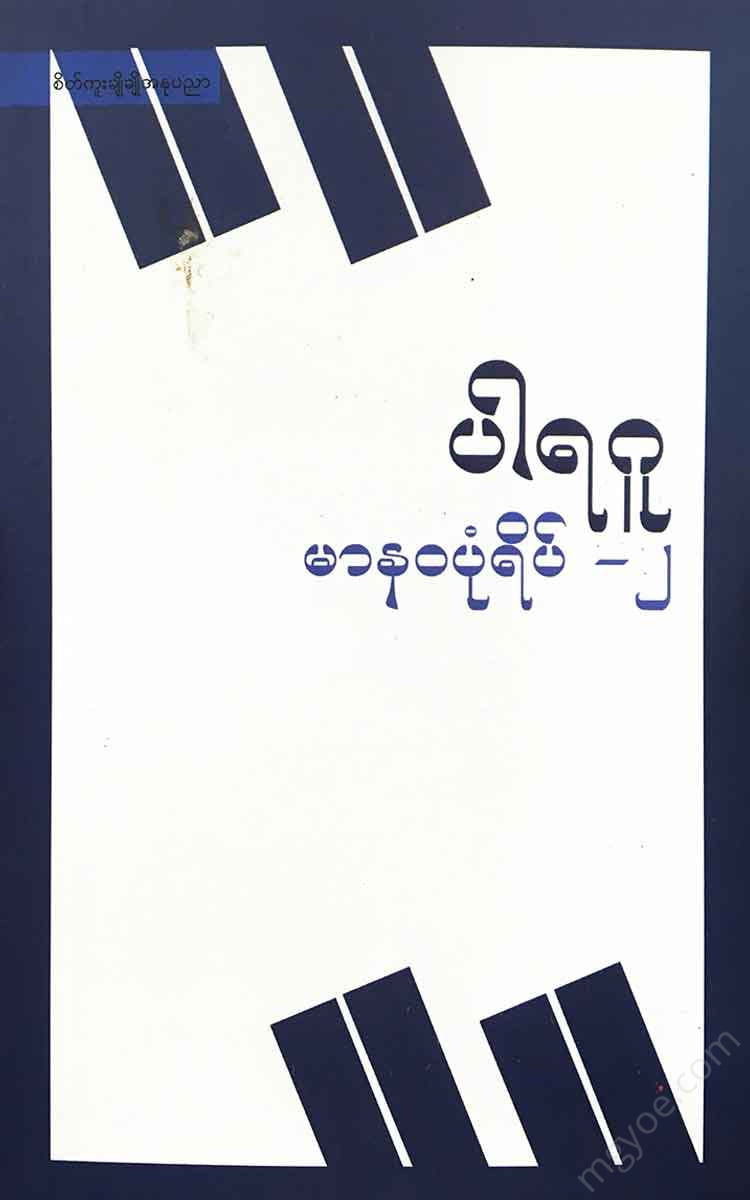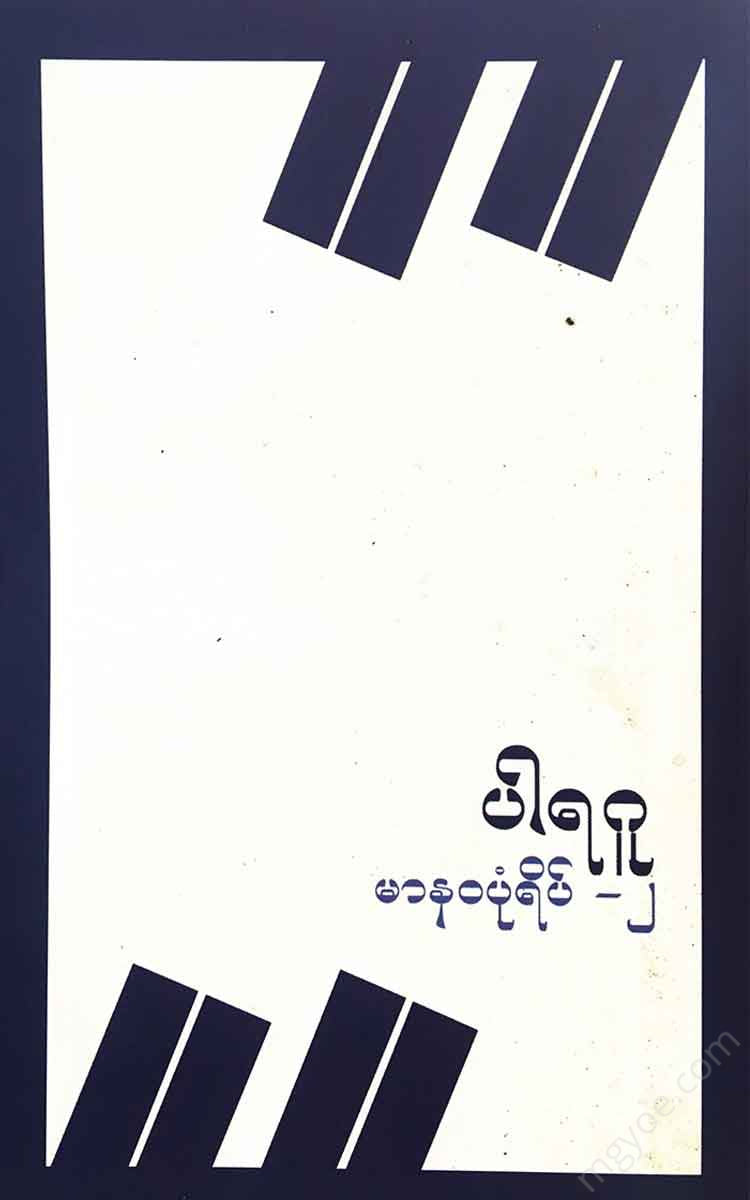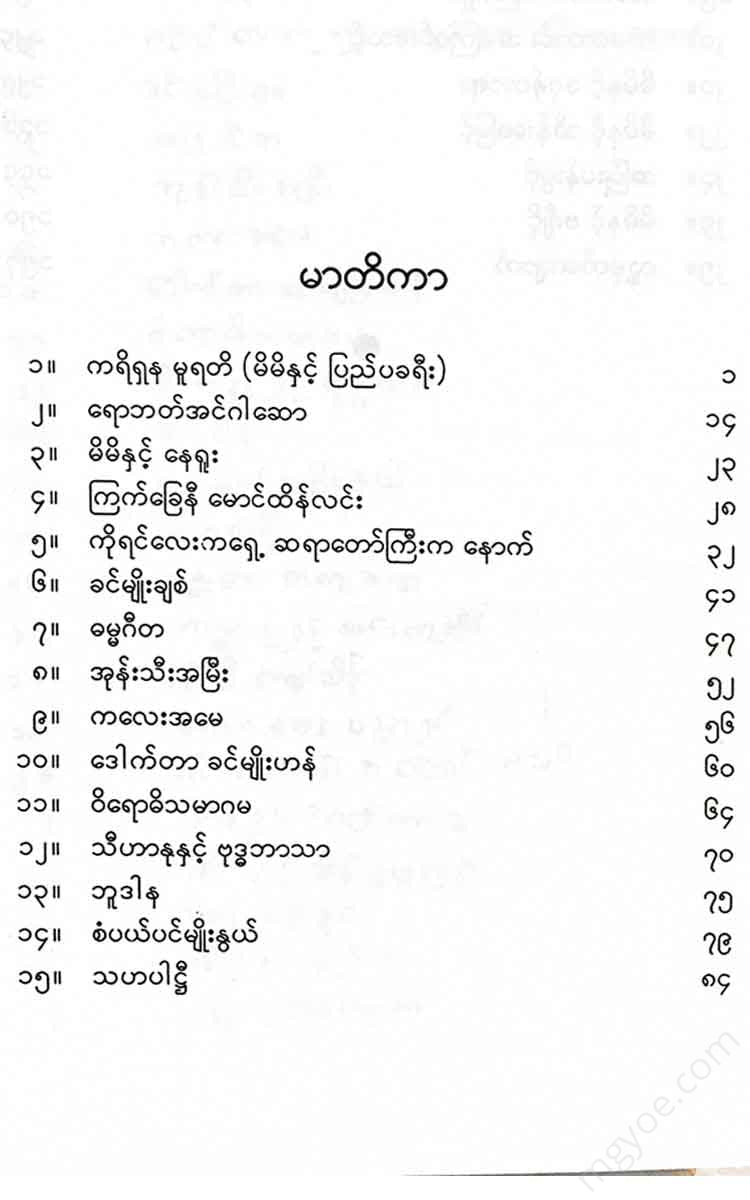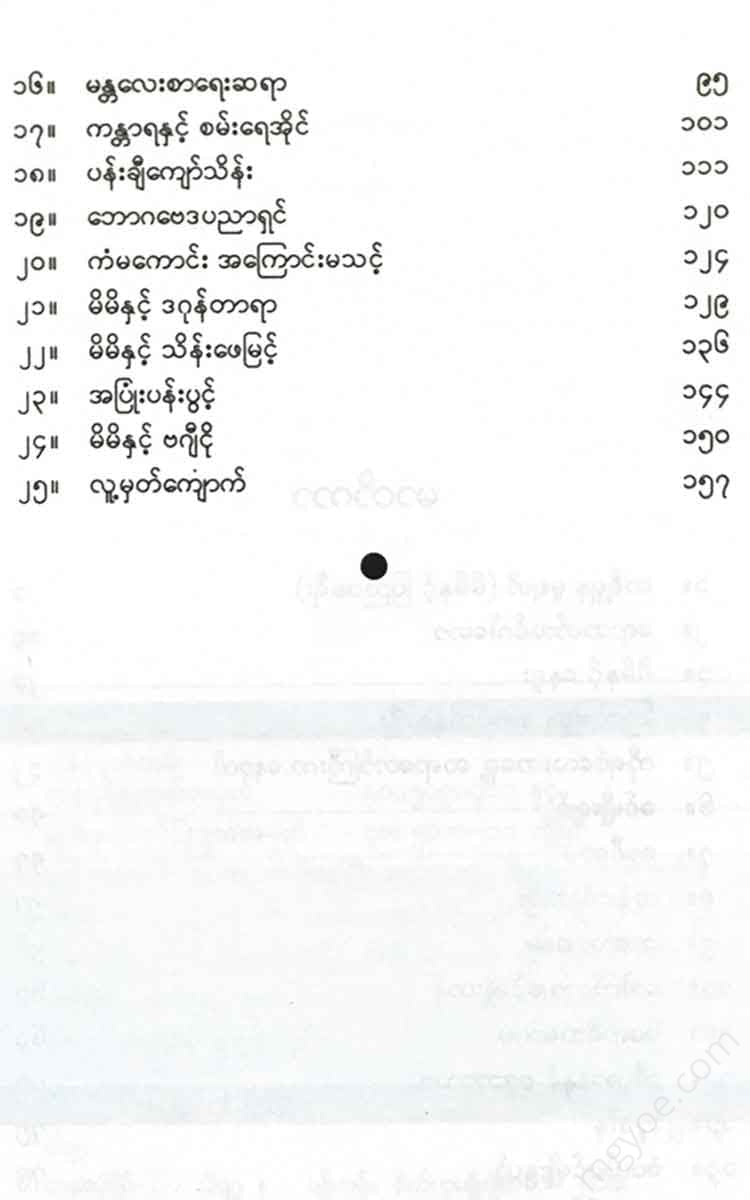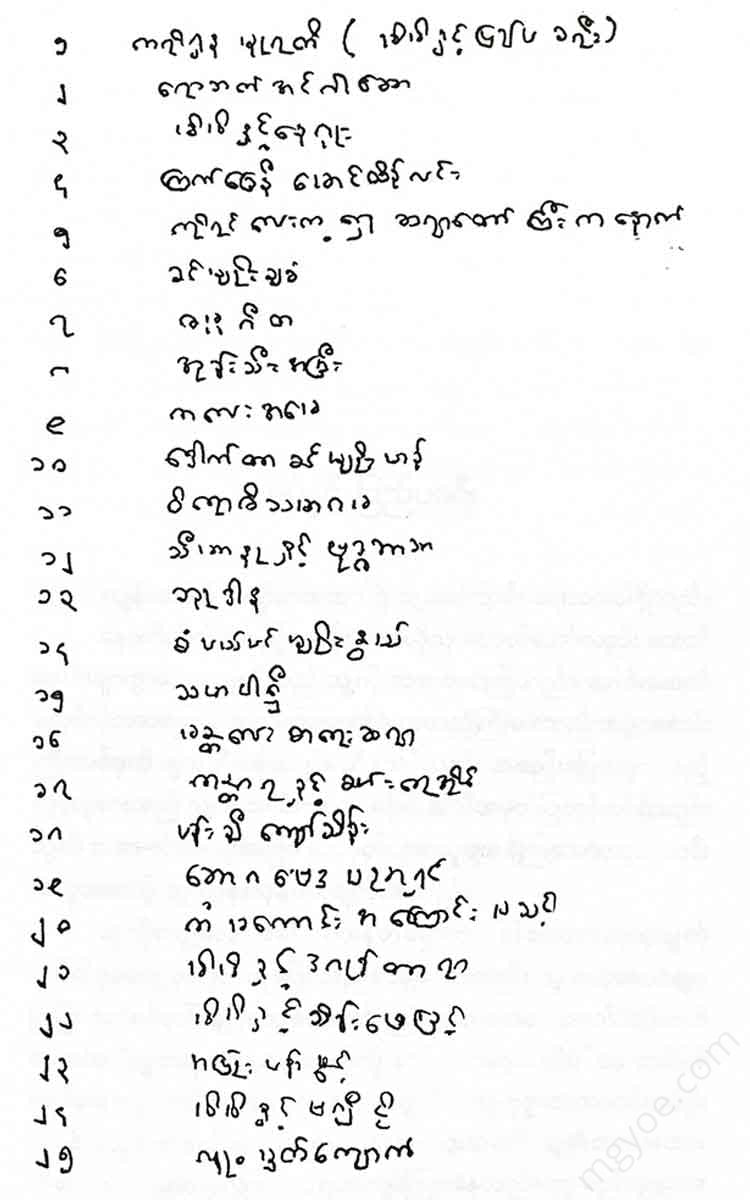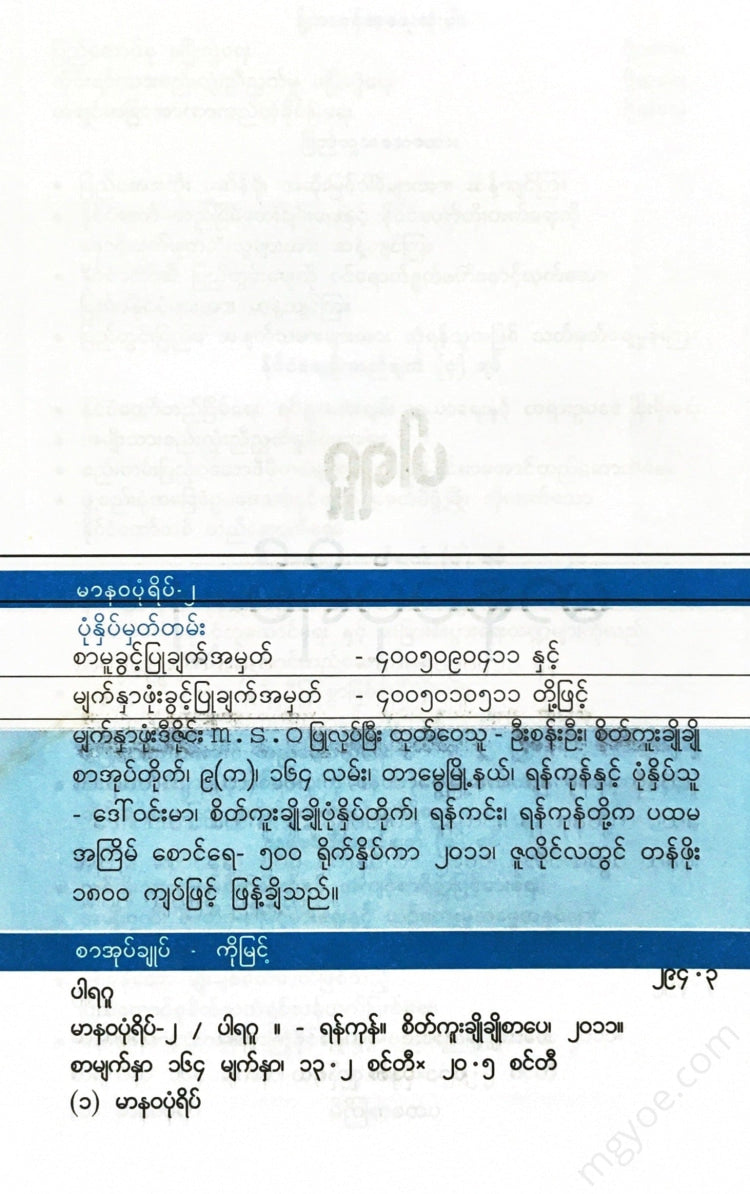စိတ်ကူးချိုချိုစာပေ
Expert - Pride 2
Expert - Pride 2
Couldn't load pickup availability
Traveling abroad with myself
My "Pandita Katha" contains a story about him.
He was not a man who wanted to have a following, but thousands of people took him as their teacher. He destroyed a large organization under his command because he did not want to be a leader. However, the unruly crowd still recognized him as a leader. There were those who thought he was a dead body, but he rejected this idea. When Bernard Shaw met him, he said, “
"I have never seen such a beautiful person," he said. But now his hair was gray and he looked old. When he heard him speak, Aldred Hatley said, "It was as if he were listening to the Buddha's teachings." However, he did not consider himself a Buddhist. However, he was famous all over the world for his thoughts and his teachings. Who was he? An Indian, Jiddu Krishnamurti.
Krishnamurti was born in Madras, southern India, in 1897. His father was a government official. He was also a member of the Theosophical Society. At that time, the president of the Theosophical Society was an Englishwoman, Dr. Inverness. The Theosophical Society was founded in 1875 by Colonel O'Connor. The Society's headquarters were in Adyar, Madras, India. When Krishnamurti was a child, the president of the Theosophical Society was Dr. Inverness. At that time, Inverness was working on social work in India. When Krishnamurti met him, Inverness thought that he was a child who would become a great person.
Inevitability thought. The human world was approaching a crucial turning point. The decaying civilization had come to an end. A new civilization was about to emerge. In such a time of change, when life and death were at stake, great men and women often appeared to help and support humanity. Now Krishnamurti was born, taking on the responsibility of a great man and woman. Thinking like this, Inevitability placed special hope in Krishnamurti.
Based on this hope, in 1911, a society was founded in Varanasi, India, consisting mostly of Theosophists. The aim of the society was to seek the emergence of a teacher who would help humanity in times of change. The society was called the "Star Society of the East". Soon after the formation of the society, Krishnamurti went to Europe in 1912. He lived in Europe for ten years. He studied at Oxford University. During this time, World War I broke out. Krishnamurti temporarily worked in a London hospital.
After ten years of study in England and France, Krishnamurti traveled to India, Australia, America, and Europe in 1912. During this time, Krishnamurti contributed regularly to the magazine "The Star of the East," which was published in various religions of the world. The Star of the East spread throughout the world through the efforts of the Theosophists, and by that time had grown to over fifty thousand members. Among its members were non-Theosophists and believers of various world religions, regardless of race or religion. They all looked to Krishnamurti as the savior of the world.
Krishnamurthy finds himself surrounded by people who are counting on him. They are fanatical about him. At a meeting of the Global Star Group in Oem, Holland, Krishnamurthy told those who are counting on him to give up hope. His words were as follows:
“You do not care about the truth. You care only about the cup that holds the truth. You do not want to drink the water. You are asking who made the cup that holds the water. Throw away the seal. The seal is worthless. If it is pure water, drink it. Most of you who have come to this meeting have your own collection of gods and goddesses. I know that you want to include me among your gods and goddesses. This is just a childish joke.”
He reorganized the Eastern Star Society, which he had formed in his youth, in 1927. But two years later, in 1929, Krishnamurti dissolved that organization. His religion was not for a few. It was not for a group of people. It was for everyone. There should be no barriers between him and the people. This is how he reasoned. Truth is a pathless land. You cannot approach the truth by any path. You cannot approach it by any religion. You cannot approach it by any sectarian organization. Truth is the ultimate, it cannot be reached by any path, and it cannot be organized as an organization. If you understand this, you will understand that you cannot organize a belief as an organization. A belief is something that is only about an individual. So you cannot organize a belief. You cannot organize it. If you organize it, if you organize it, the belief It will die. It will become static. It will become a sect. It will become a religion.
This is what Krishnamurti said.
By the time the Eastern Star Society was dissolved, it had about one hundred thousand members. The world was shocked by the dissolution of the society. There were also those who criticized Krishnamurti's behavior. Some newspapers wrote, "Now Krishnamurti's star has set. His light has been extinguished forever." There were also those who welcomed Krishnamurti's behavior. Among them was Lansbury, a member of the Ramsay MacDonald government. Lansbury was pleased that Krishnamurti had severed the ties of the organization.
In 1924, a Dutch nobleman donated his castle and gardens to Krishnamurti. Krishnamurti did not accept the castle and gardens as his personal property. He formed a committee to manage them for the benefit of his international work. By 1930, Krishnamurti had severed ties with the committee. He no longer wanted to use the castle and gardens for himself or for the people who gathered around him. So he returned the castle and gardens to the original owner, the Dutch nobleman.
Although the Eastern Star Society was dissolved, the number of people who worshipped him continued to grow. In its place, "Krishna Murthy Schools" and "Krishna Murthy Foundations" have been established in India, England, and the United States. These foundations sell hundreds of thousands of Krishna Murthy tapes, books, and CDs every year. The Harpa and Ro Book Company is publishing and selling Krishna Murthy's selected books in volumes.
Krishnamurti's life is like that of a yogi. He practices yoga. He abstains from smoking and intoxicating liquor. He eats only vegetarian food. However, his outward appearance is not like that of a yogi. //
In the United States, he preaches in a chair while wearing Western clothing. Time magazine wrote about him: “Krishnamurthy would like to preach in the white robe, the national dress of India, and cross-legged on a throne, as he practices yoga, but he asks Western photographers not to take his picture in that manner.” Krishnamurthy also enjoys tennis and theater. He has been criticized for his two opposing natures, “a leader who doesn’t want followers, a yogi who wants revolutionary change.”
Krishnamurti has been traveling the world for more than forty years, spreading his ideas through lectures, discussions, and writings. He recently went to the United States to spread his ideas. Krishnamurti was once a favorite of adults. Now, young people are enjoying him. “At all four of his recent lectures at City Hall in New York, there were only a few adults among the college-age audience,” reported Time magazine (June 7, 1971). This means that Krishnamurti’s philosophy is more popular with young people than with adults.
This is a summary of Krishnamurti's philosophy.
"Love your life. Don't tie your life down. Don't let religion, tradition, or anything else dictate your life."
Don't confine your life within the old traditions, teachings, and rules of an organization. Such confinement
